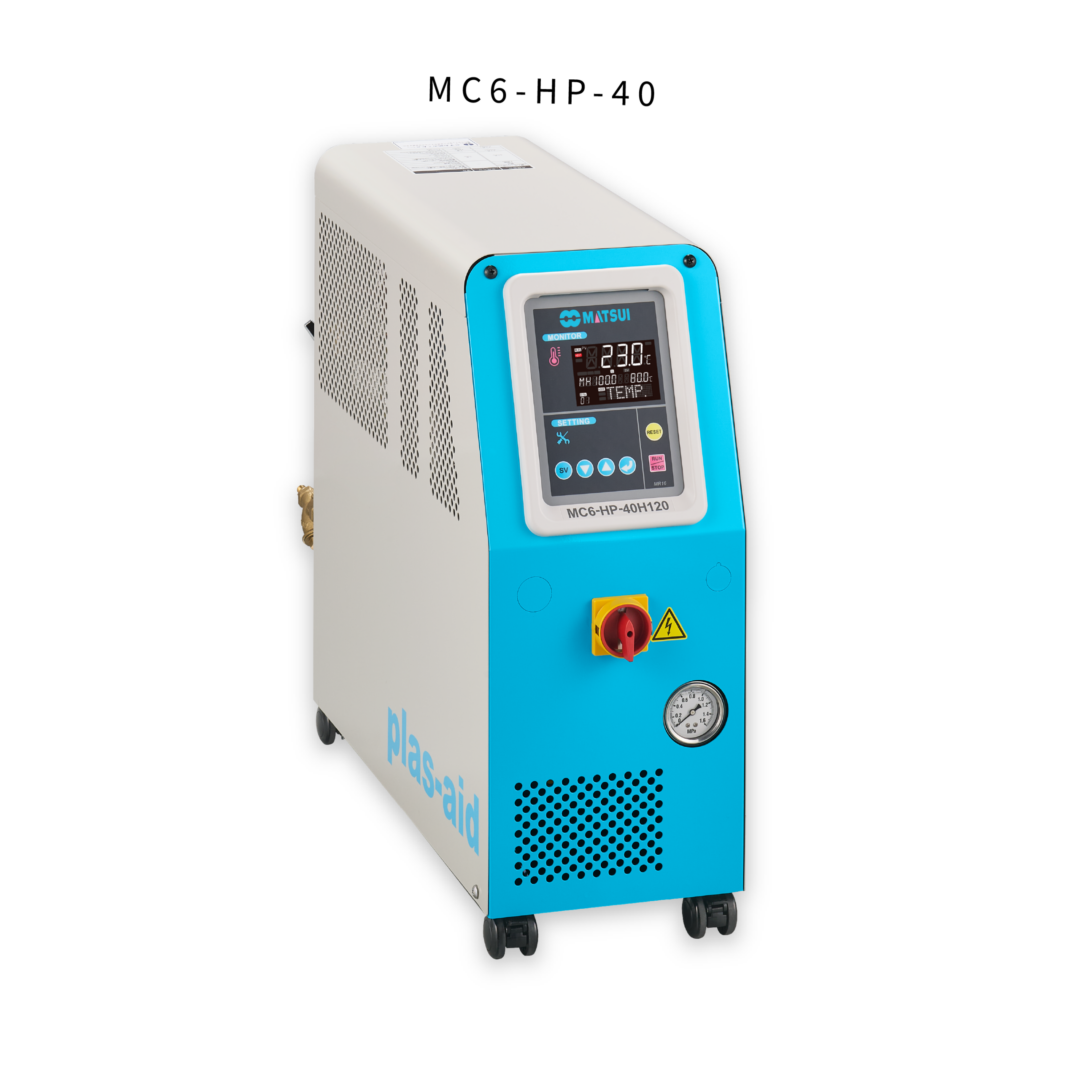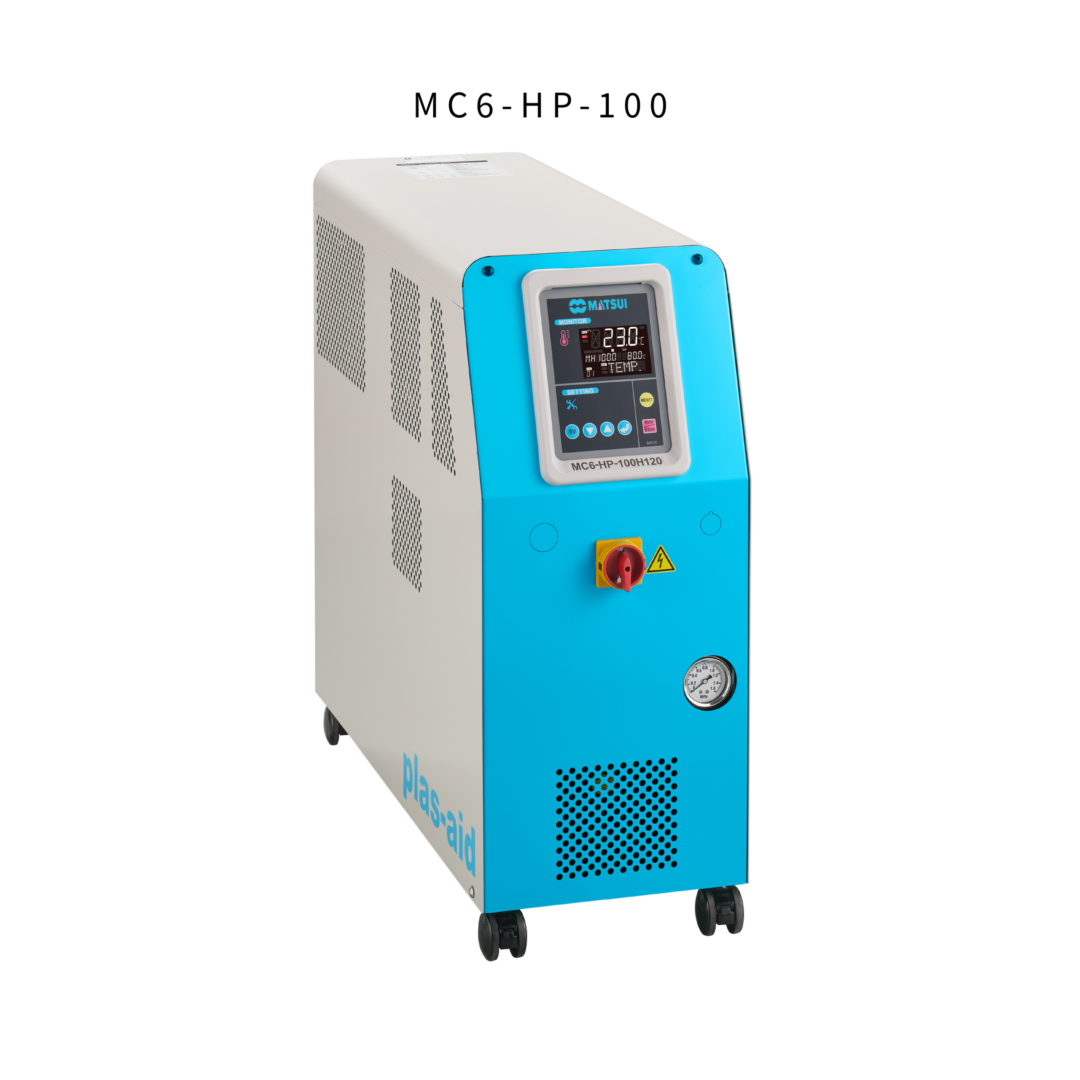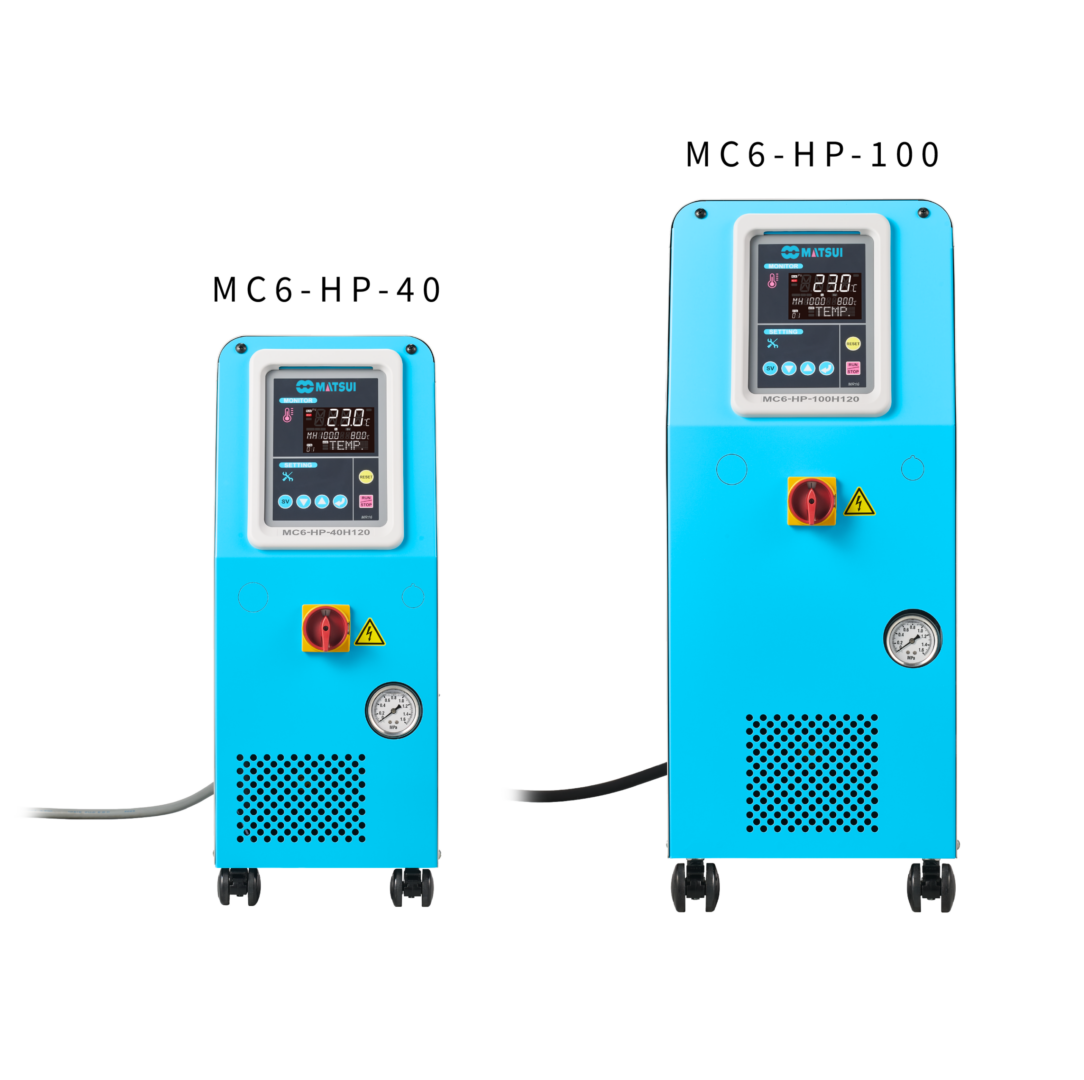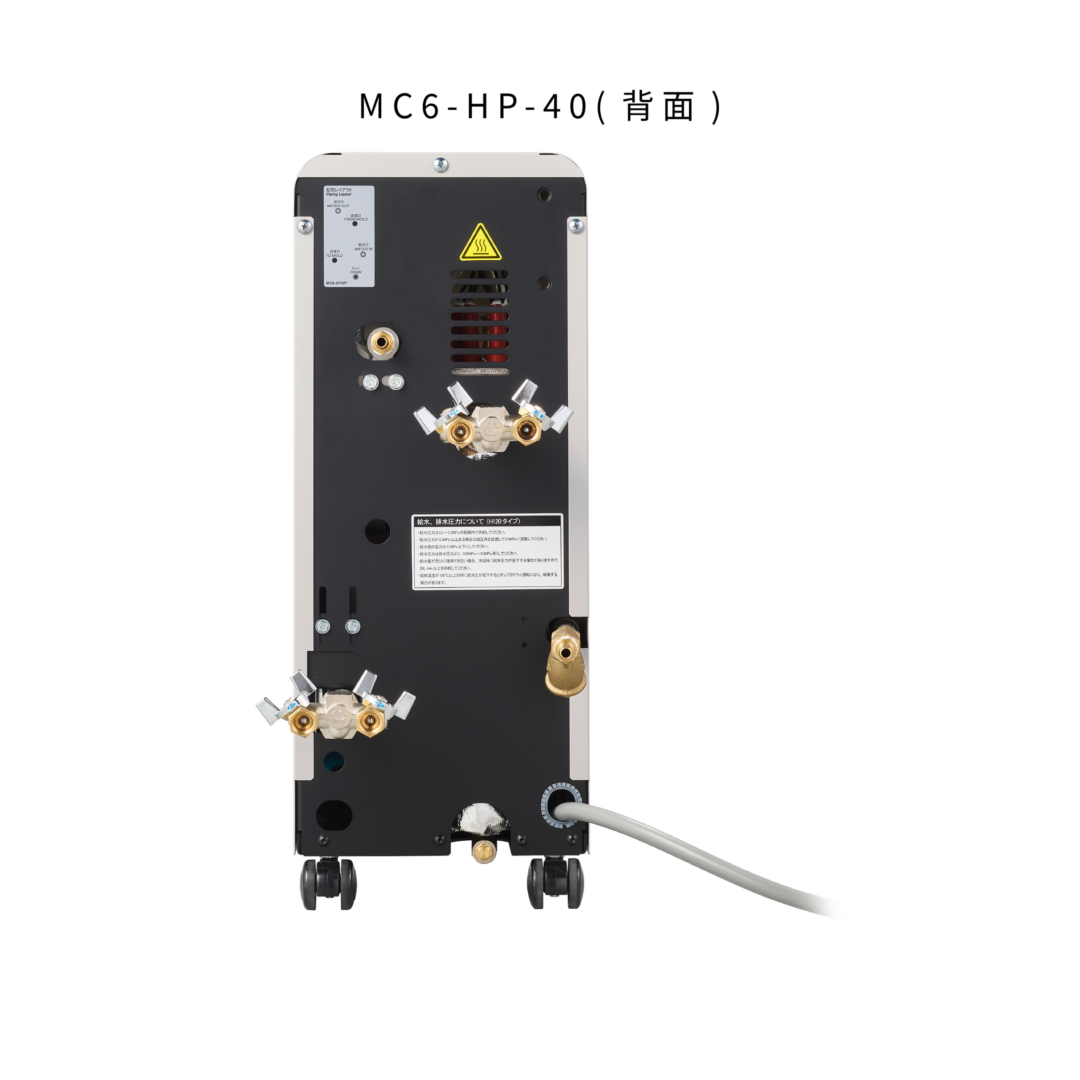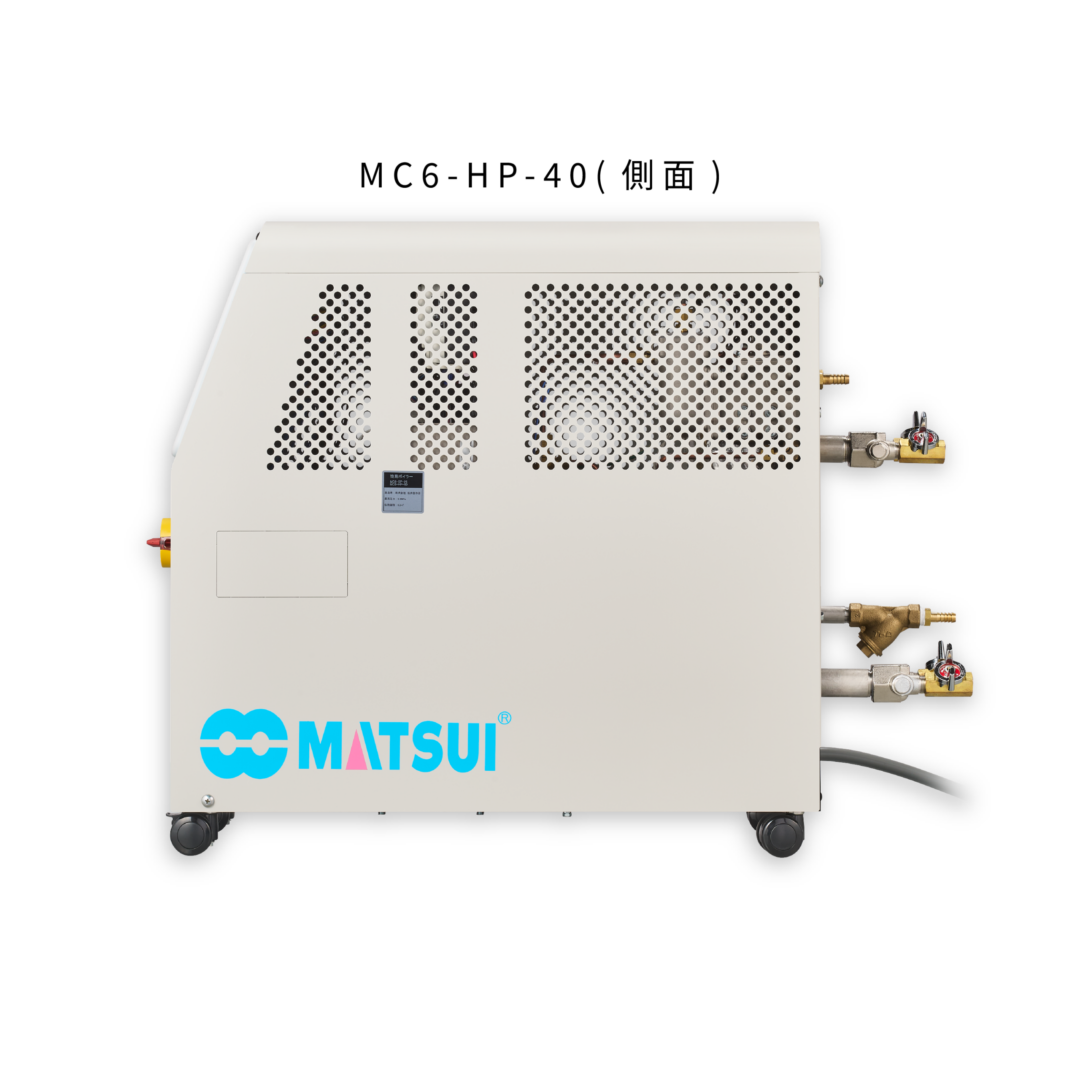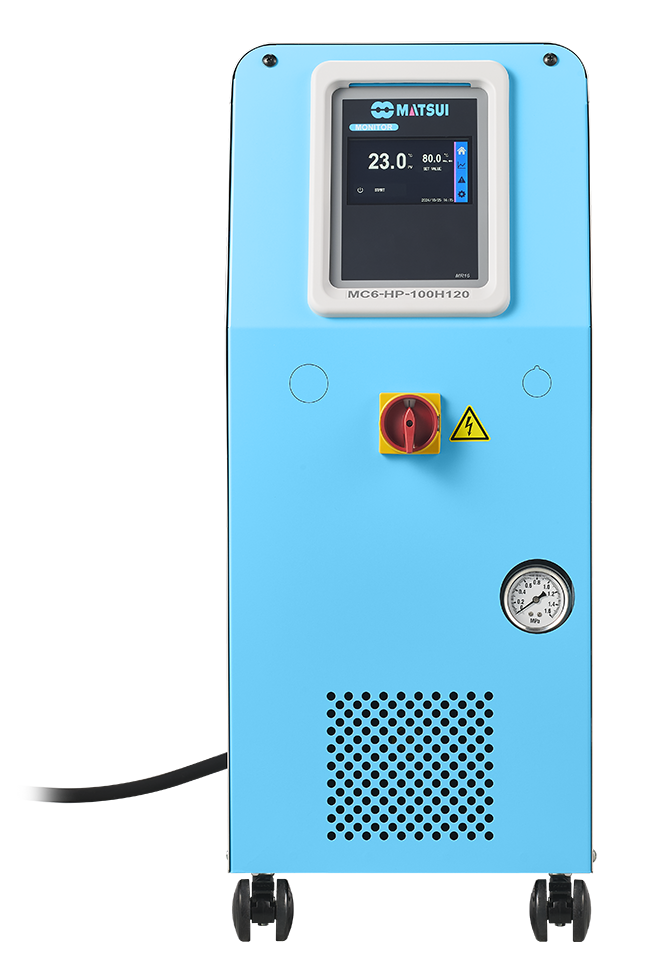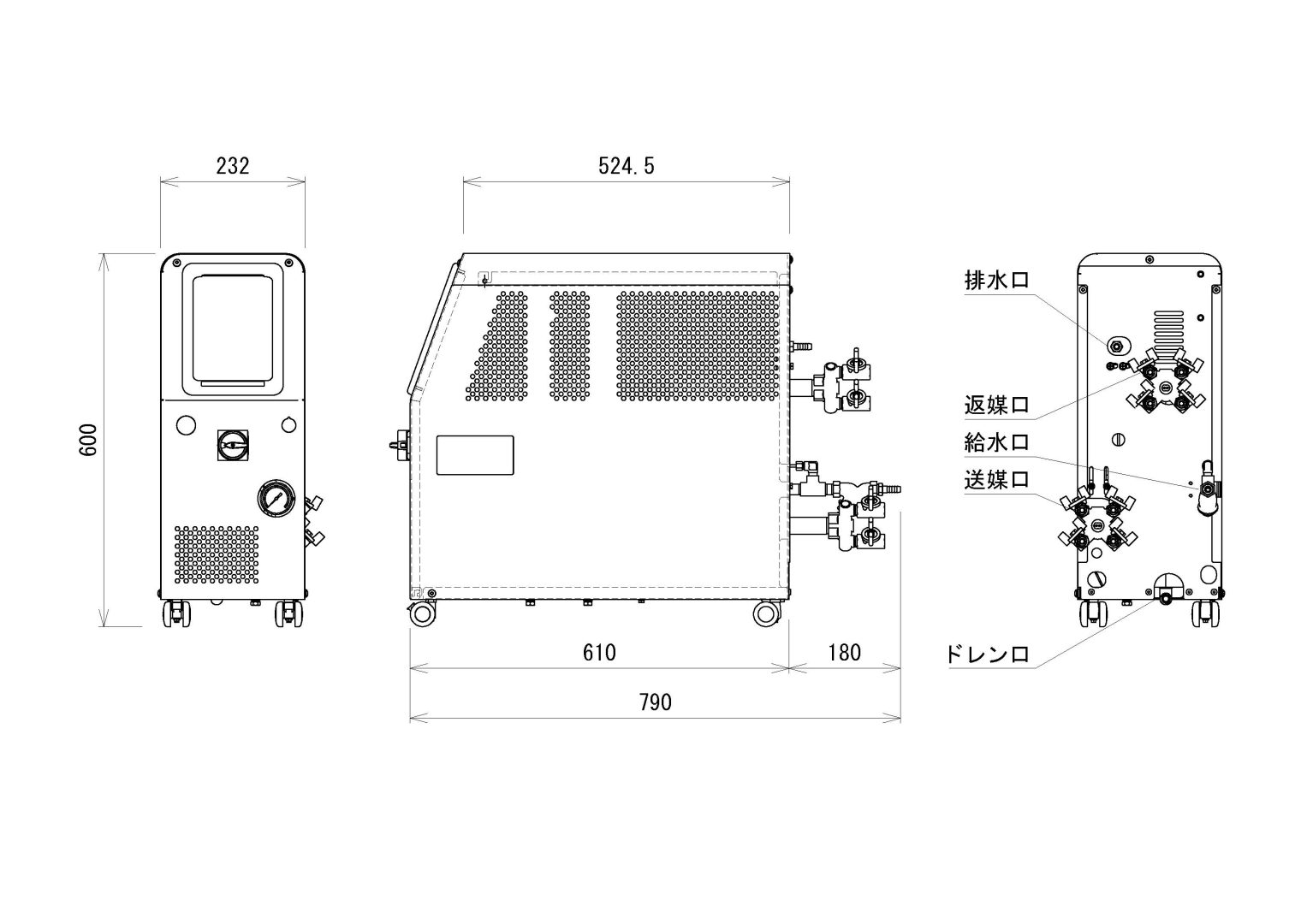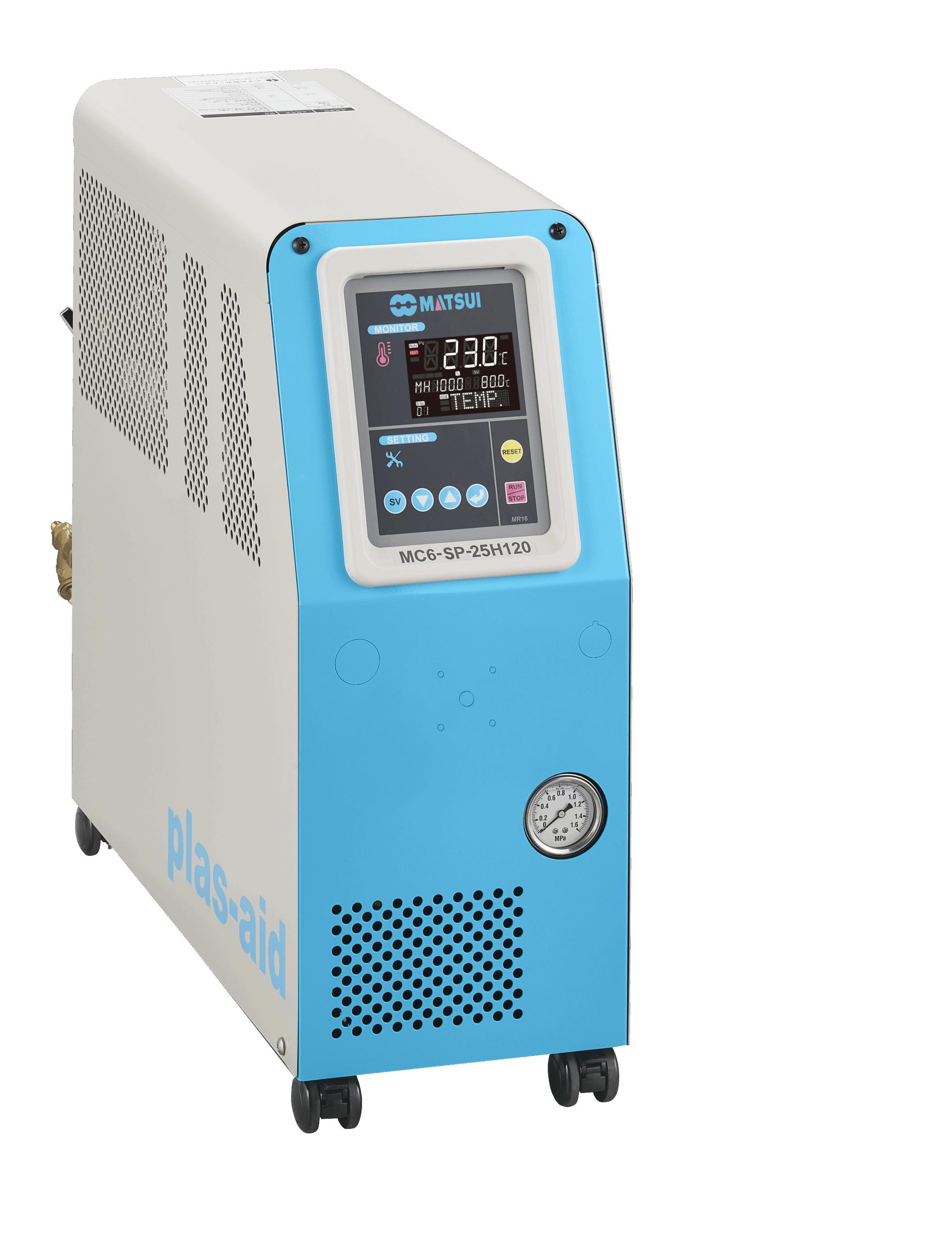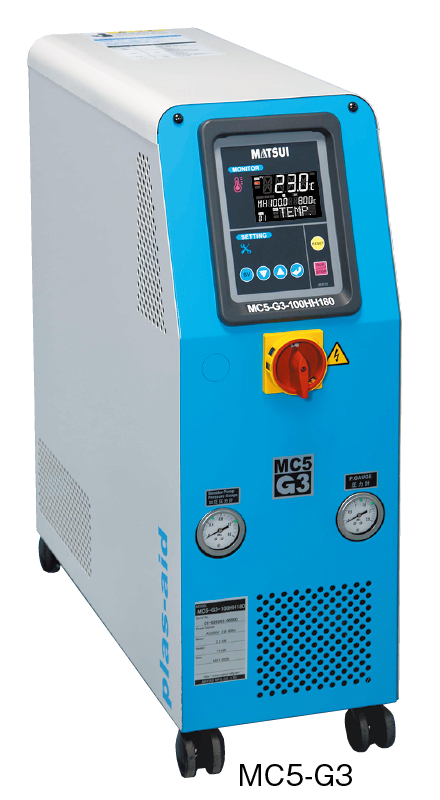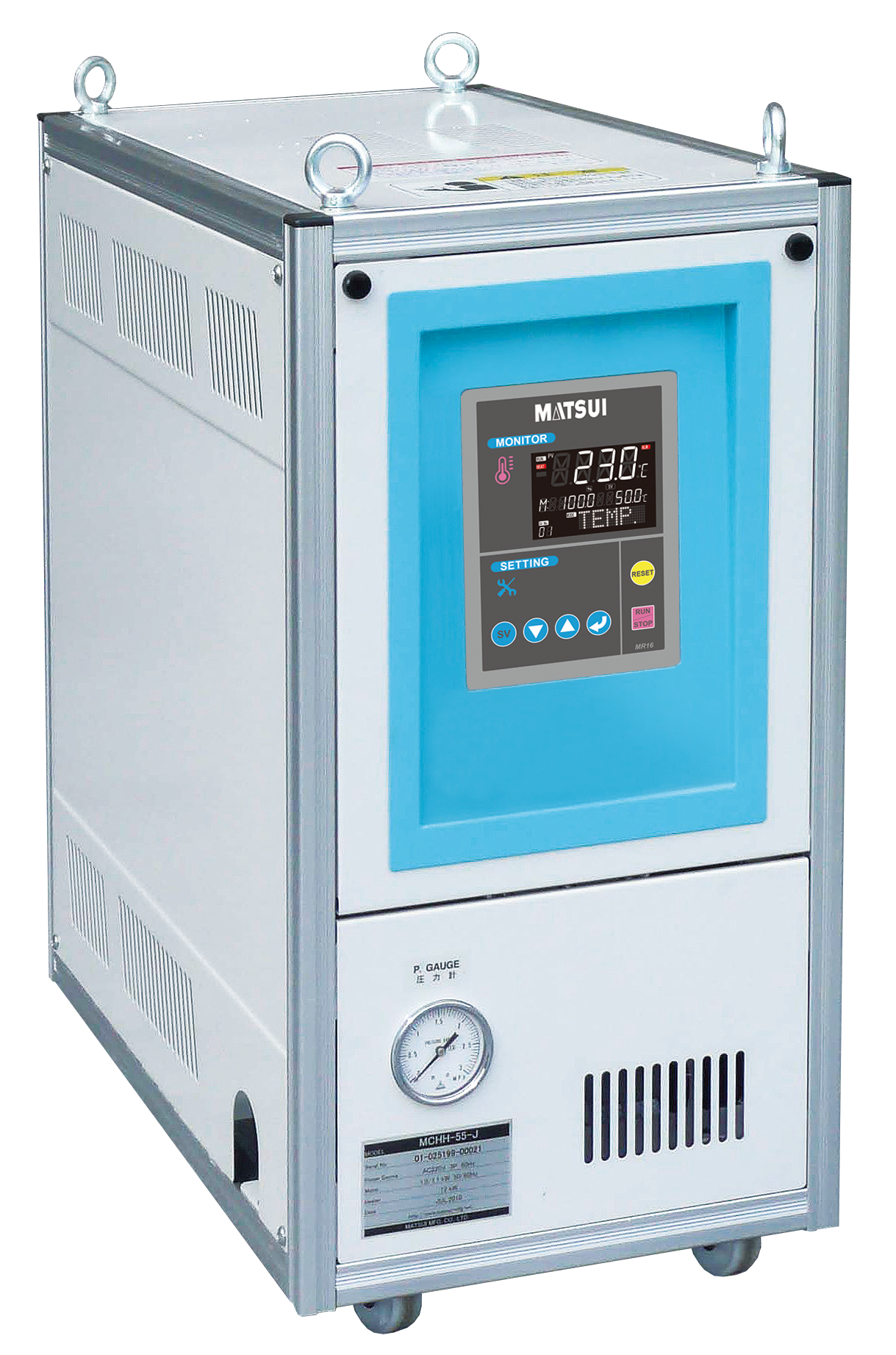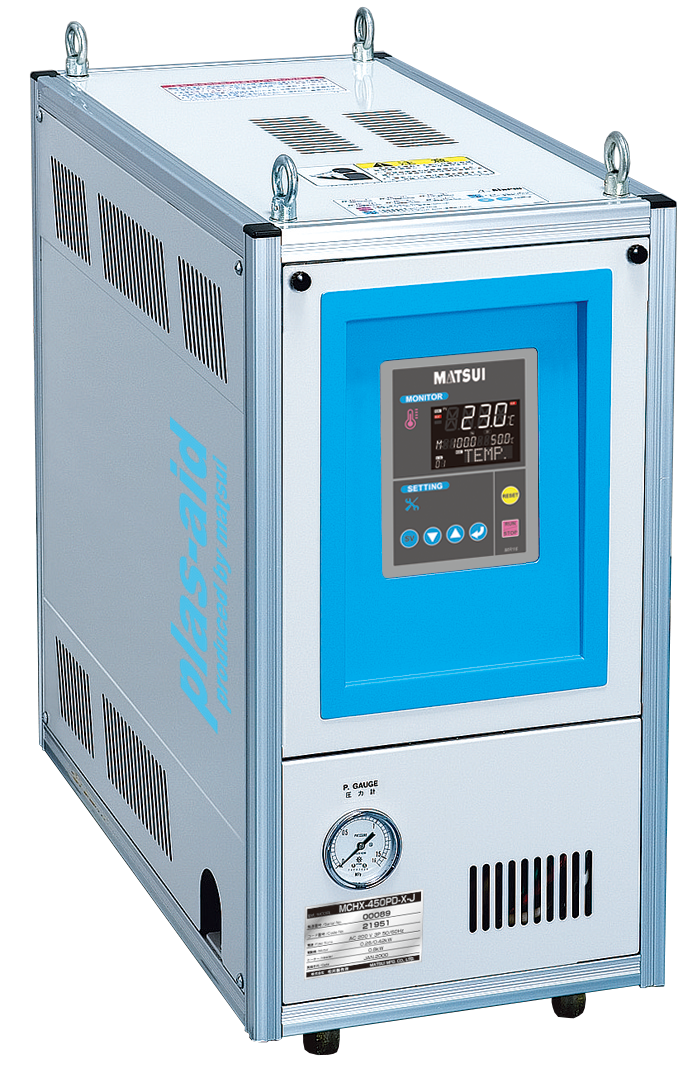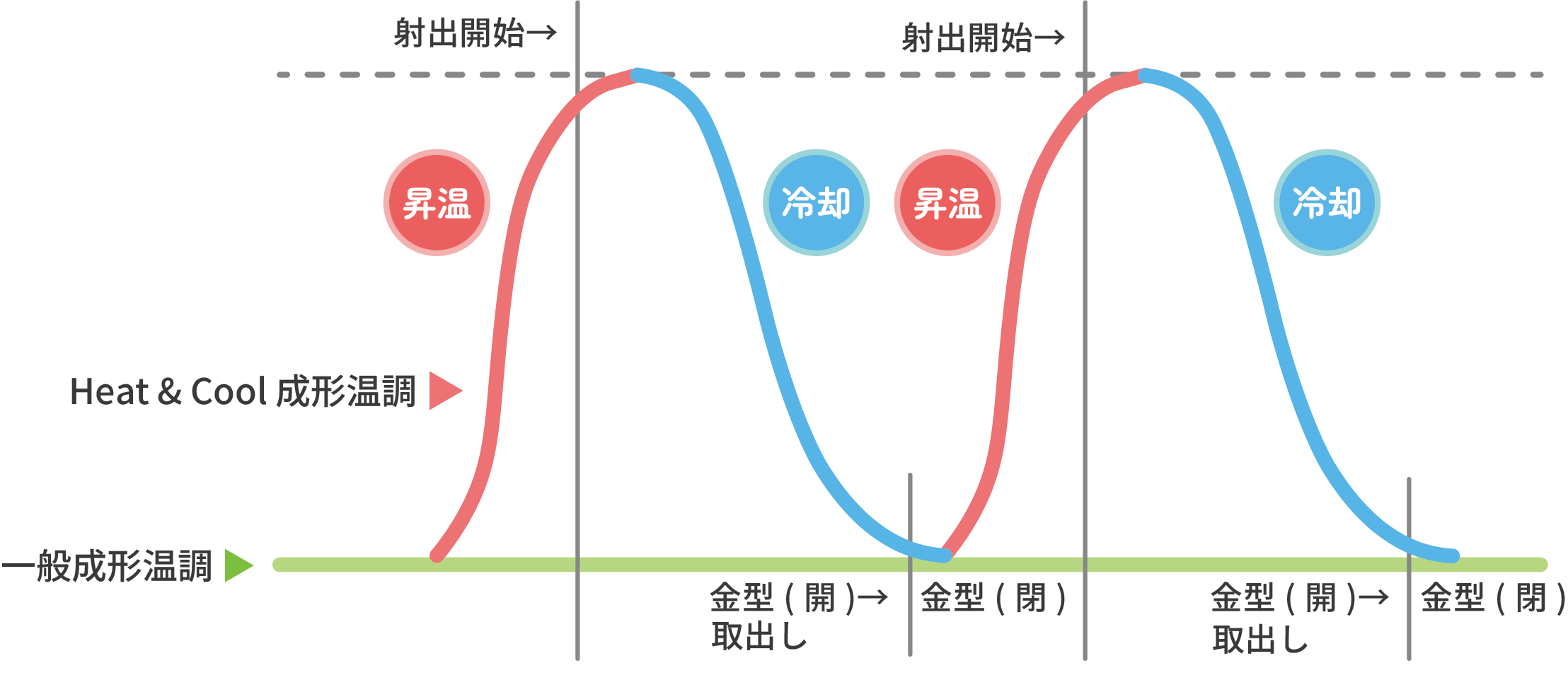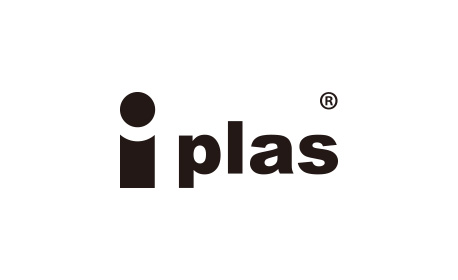Introducing the New Kanaon MC6 Series Mold Temperature Controller
Evolution of mold temperature control and the role of the "MC6" Series
In injection molding, the product's filling rate and dimensional accuracy depend on both the mold design and molding conditions. In particular, the gate position and flow path design have a significant impact on the resin's fluidity and pressure distribution, but even if these are appropriate, molding quality will not be stable if the mold temperature is not properly controlled.
If the mold temperature is too low, the resin will cool rapidly, increasing its viscosity and making it difficult for it to flow to every corner of the cavity. This can lead to short shots and weakened weld lines. Furthermore, uneven temperatures inside the mold can cause uneven filling and dimensional inconsistencies.

In particular, with high-performance resins such as polyphenylene sulfide (PPS) and polyether ether ketone (PEEK), the mold temperature is directly linked to the surface quality and dimensional accuracy of the product, so it is important to set the temperature according to the resin properties.
To address these issues, stable temperature control using a temperature controller is essential. By selecting a temperature controller with excellent medium flow rate and temperature response, and linking it with the mold circuit design, it is possible to achieve uniform temperature and stabilize the molding cycle.
Features of MC6-HP
Product lineup
Matsui, a long-time leader in plastic molding technology, has introduced the new ‘MC6’ Series as the latest addition to the Kanaon lineup.
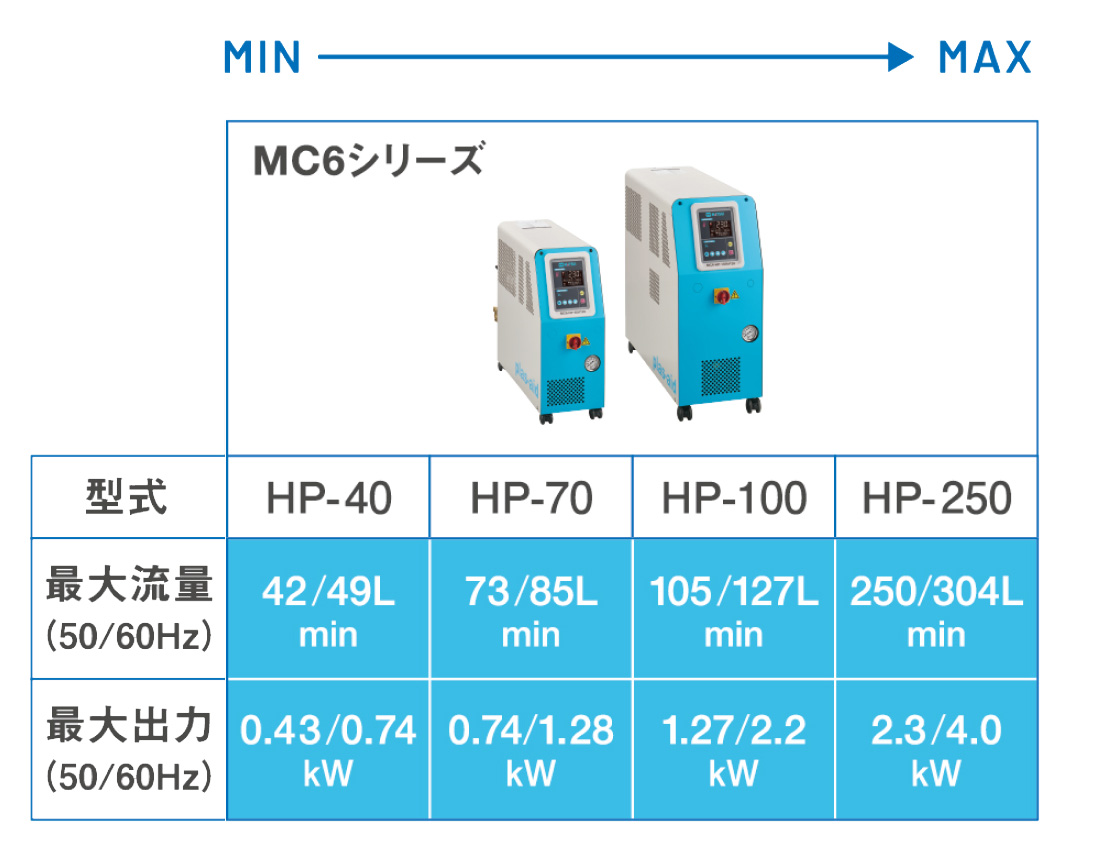
The MC6-HP comes in a lineup of four types with different flow rates to suit molding conditions, providing the flexibility to accommodate a variety of mold sizes and resin properties.
1. A multi-stage centrifugal pump is used to meet a variety of needs
The Kanaon MC6-HP uses a multi-stage centrifugal pump. With ample flow rate, it can meet a variety of molding conditions. The new pump, which has a reputation for reliability, is low vibration and noise, and is made of stainless steel for excellent rust prevention.
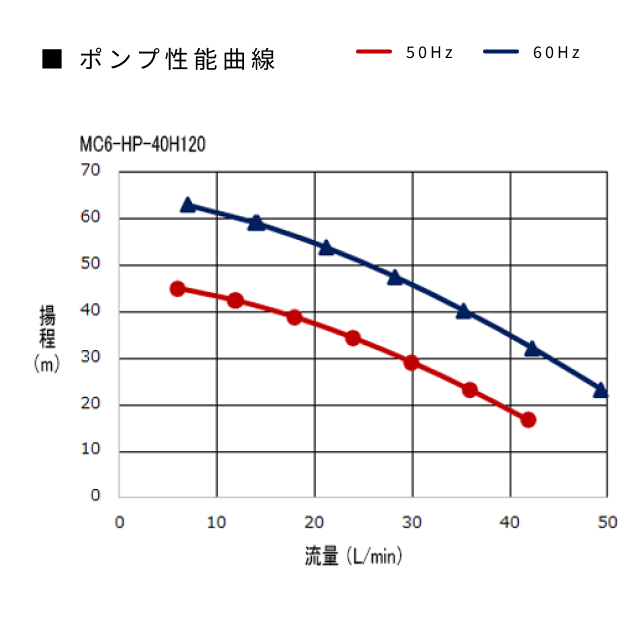
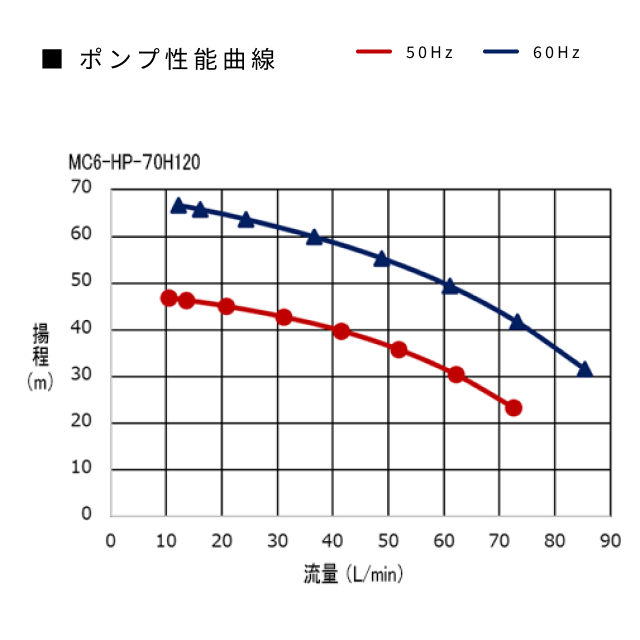
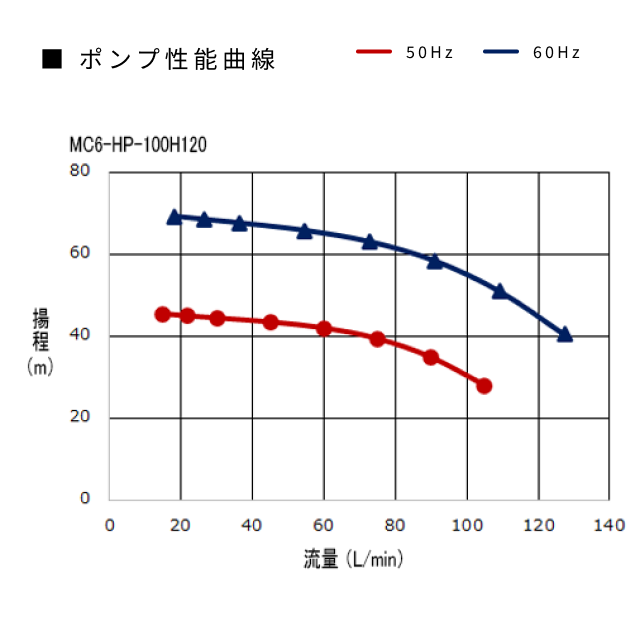
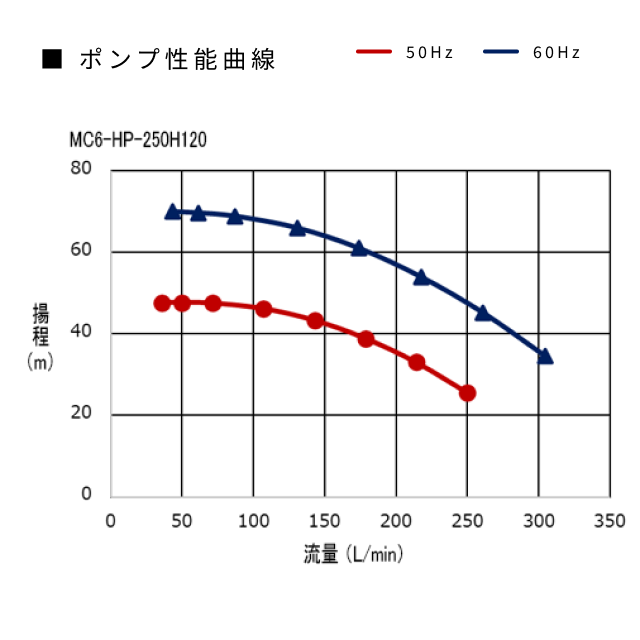
2. Three Key Features Supporting Precise Temperature Control
These three core features enable high-performance temperature control.
PID Control (Feedback Control)
PID refers to Proportional, Integral, and Derivative control. This method enhances proportional control with integral and derivative actions. Proportional control adjusts the output based on the deviation from the target value. Integral control automatically resolves any offsets*, while derivative control corrects rapid fluctuations caused by external factors. This ensures the stable maintenance of the target temperature for the medium.
* The occurrence of deviation between the setpoint and the current value.
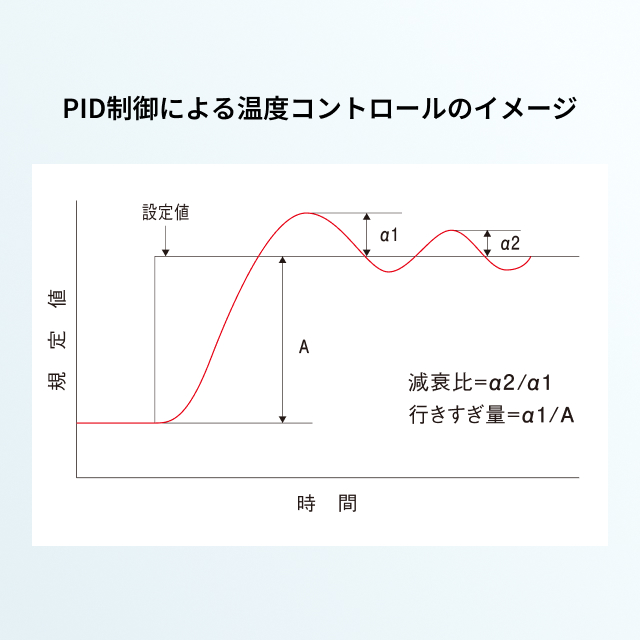
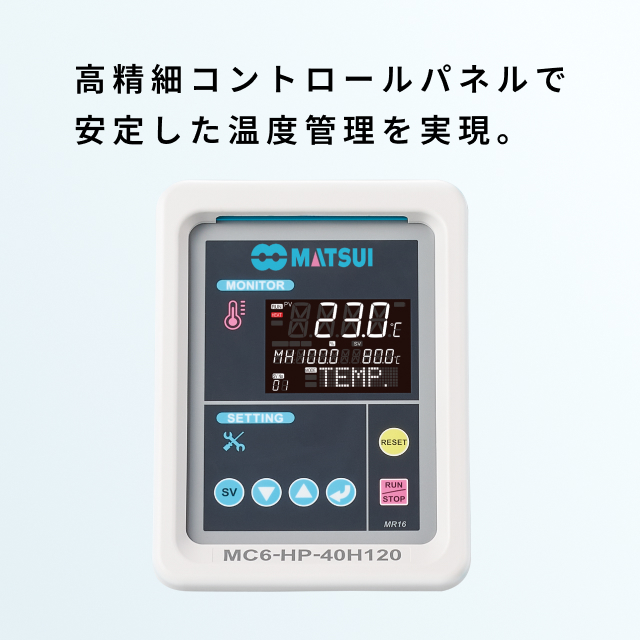
SSR (Solid State Relay)
A Solid State Relay (SSR) is a semiconductor-based relay that controls electrical signals without any physical contact. It features semiconductors in place of mechanical contacts, making it free from moving parts. This design gives SSRs a longer lifespan and faster switching speeds compared to traditional contact relays. Additionally, with no risk of contact failure, SSRs ensure reliable and stable performance.

By the way, a contact relay (mechanical relay) is a relay type that uses the power of an electromagnet to mechanically operate a switch.
It is typically used in larger equipment such as electric motors.
Type K thermocouple
A thermocouple is a temperature sensor that makes a circuit by contacting the tips of two different metal wires and measures the temperature difference through the thermoelectromotive force generated at the contact point. Compared to other thermometers such as mercury gauges and thermistors, thermocouples have the advantages of a fast response and a wide range of temperature measurements. In addition, because temperature information is detected as an electrical signal, information processing and analysis are simple.
The K-type thermocouple consists of a positive terminal made of Chromel and a negative terminal made of Alumel. It is capable of measuring temperatures in the high-temperature range of -40°C to 1200°C, making it widely used in industrial applications.
3. Housing size designed with molding site in mind
The MC6 Series features two compact chassis sizes, combining high performance with a minimal footprint. Space is also reserved for future optional attachments, ensuring excellent expandability.
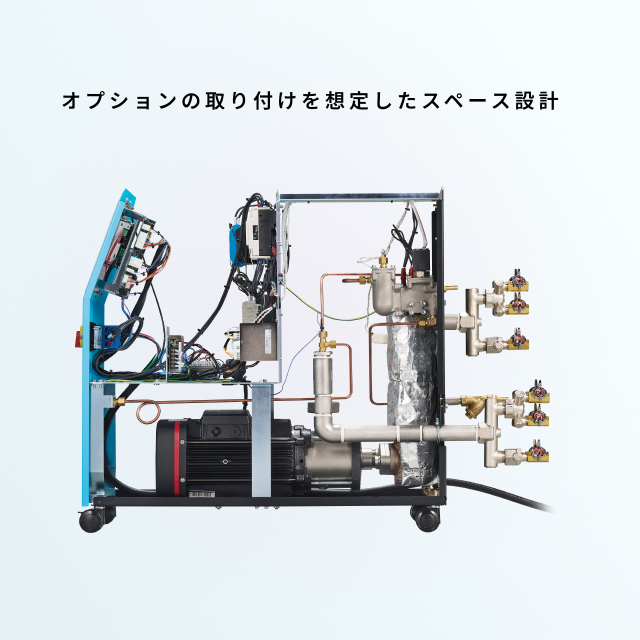

4. A wide range of communication functions available
The control panel supports SPI and MODBUS communication as a communication function compatible with IoT.
The MC6-HP enables quality control, such as control and operation confirmation from the molding machine using standard protocols.
In addition, we have added a new option to support OPC40082-1 (EUROMAP 82.1).

Would you like to try OPC-UA?
To meet the expanding Industry 4.0 demand for device‑to‑device communication, the MC6‑HP can be equipped with OPC‑UA* as an optional feature.
*Open Platform Communications- Unified Architecture
OPC-UA is an international standard for interoperability that enables safe and reliable data exchange regardless of model, operating system (OS), or manufacturer.
It is possible to exchange molding site information with monitoring and control systems and production management systems, regardless of the platform, such as accessing real-time and historical data, monitoring operation information, and displaying alarms. It is currently being adopted as the upper connection standard (EUROMAP77) for injection molding machines, and is becoming more and more popular in the plastic molding industry.

5. Touch panel now available as an option
The MC6-HP is now available with an optional touch panel, supporting multiple languages. Please contact Matsui staff for more information.
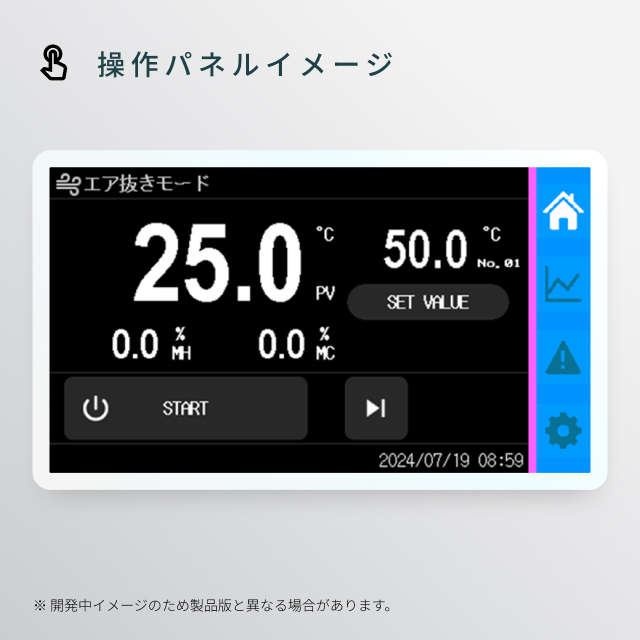
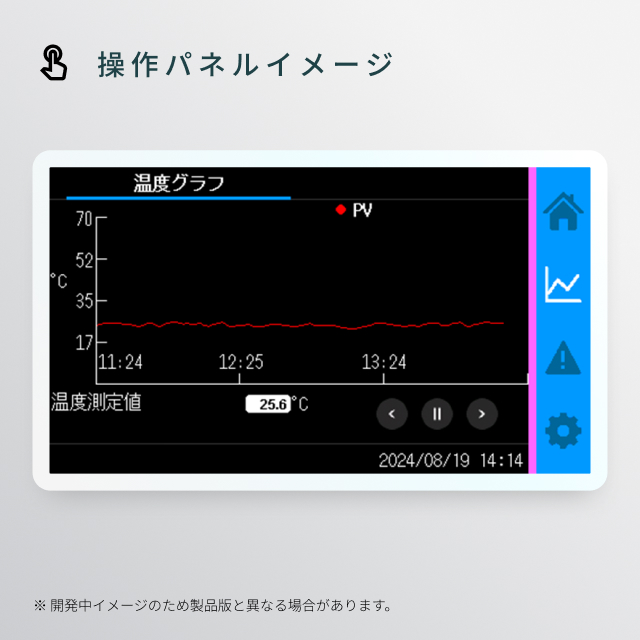

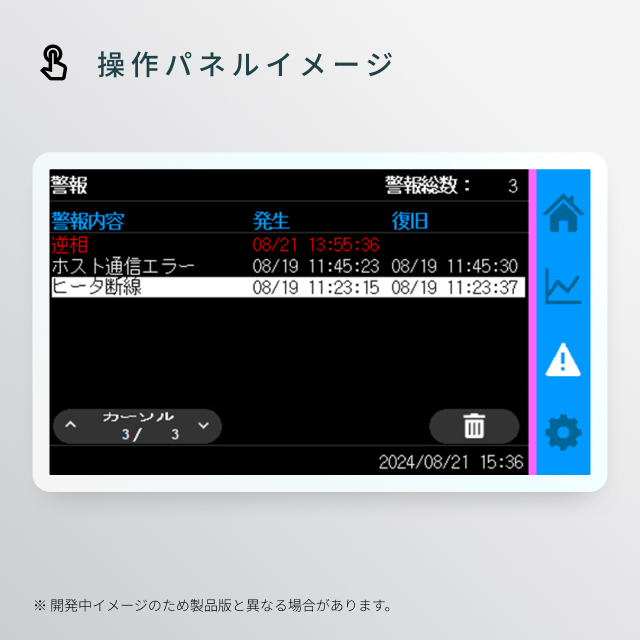
*Please note that if you choose the touch panel option, some other options may not be available for selection in combination. For more details, please reach out to our Matsui staff or use the "Contact" form at the top right of this page. Thank you for your understanding.
Want to know more? The relationship between Mold Temperature Controller and flow rates
What are the specific situations in which Mold Temperature Controller requires a flow rate?
In mold temperature control systems, managing the flow rate of the heat transfer fluid is just as important as regulating temperature.
Here are key molding scenarios where high flow rates are essential:

✅ 1. Crystalline resins molding (e.g., Polyacetal (POM), Polyamide (PA), Polyethylene Terephthalate (PET))
- Background: Crystalline resins such as polyacetal (POM), polyamide (PA), and polyethylene terephthalate (PET) require a carefully controlled cooling rate to ensure complete crystallization. If cooling is too fast, it can lead to poor dimensional accuracy and reduced mechanical strength.
- Why high flow rate matters: A sufficient and stable flow of heat transfer fluid helps maintain uniform mold temperatures, especially in large molds or molds with multiple gates, minimizing hot spots and temperature gradients.
✅ 2. High cycle molding (For mass production in a short time)
- Background: To shorten cooling times and increase production efficiency.
- Why flow rate is necessary: high flow rates are needed to quickly remove heat from the mold. Inadequate flow can delay cooling, increase cycle time, and negatively impact part consistency and yield.
✅ 3. Molding of parts with complex geometry or variable wall thickness
- Background: Parts with uneven wall thickness or intricate designs cool at different rates, increasing the risk of warping, sink marks, or internal stresses.
- Why flow rate is important: Balanced flow across all cooling circuits ensures even temperature distribution, which is crucial for maintaining dimensional accuracy and surface quality.
✅ 4. Molding of transparent resins (e.g., Polycarbonate (PC), Polymethyl Methacrylate (PMMA))
- Background: Polycarbonate (PC) and polymethyl methacrylate (PMMA) are often used for optical-grade applications. Even slight internal stress or whitening can cause part rejection.
- Why flow rate is needed: To maintain clarity, it’s critical to ensure uniform temperature across the mold. That requires stable and consistent flow of the heat transfer fluid to prevent cooling imbalances that can cause cracks or optical defects.
✅ 5. Molding of high temperature engineering resins (e.g., Liquid Crystal Polymer (LCP), Polyphenylene Sulfide (PPS))
- Background: Engineering plastics such as liquid crystal polymer (LCP) and polyphenylene sulfide (PPS) are processed at high mold temperatures.
- Why flow rate is necessary: Stable flow is needed to keep temperature fluctuations to a minimum. Sudden changes can result in thermal shock, leading to cracking or other defects. Precise flow control is key to avoiding these issues.
🔧【Additional Information】The relationship between flow rate and temperature
Why is flow rate important?
The ability to supply and remove heat from the mold is expressed by the following formula:
Q=m⋅c⋅ΔT
- Q: Calorific value (J)
- m: Flow rate (kg/s)
- c: specific heat (J/kg K)
- ΔT: Temperature difference (K)
Even at high temperatures, insufficient flow results in poor heat transfer.
Therefore, even if the set temperature is correct, if the flow rate is insufficient, sufficient cooling or heating may not be achieved, resulting in unstable temperature control. In particular, with recent high-performance resins and high-precision products, the stability and uniformity of Heating medium flow rate, as well as temperature control, are directly linked to product quality.

